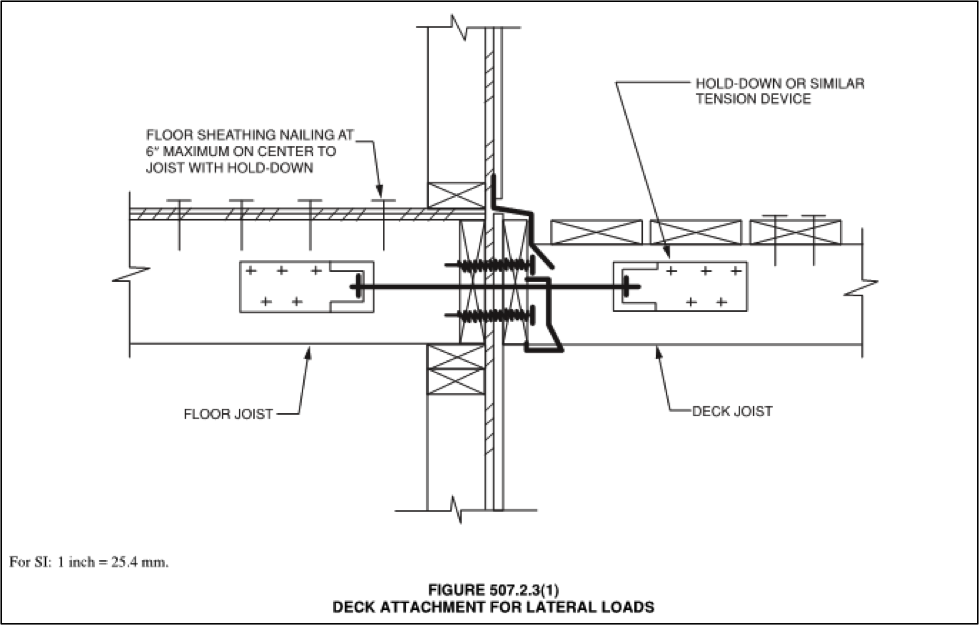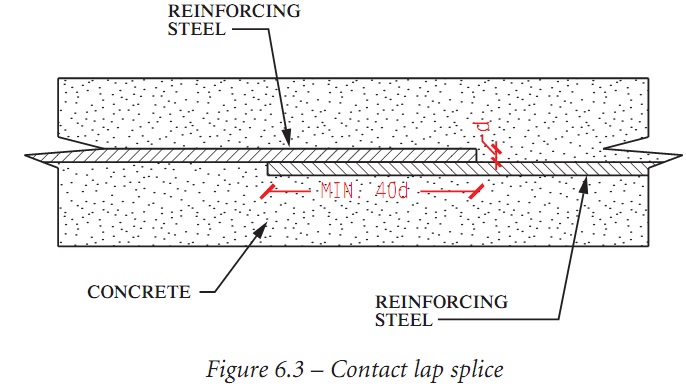


Accordingly, more recent bond strength and development length equations do not include this factor. However, the strain gauge data of stirrups in lap-spliced specimens show that transverse reinforcement yielding is extremely rare, so it does not contribute to the bond strength of the lap splice. Among the variables used in their formulated equation is the yield strength of transverse reinforcement. The equation specified by the ACI 318 (1995) for a lap splice was also based on the equation developed by Orangun et al.

performed a number of experiments on lap-spliced specimens and proposed an equation to predict the bond strength of lap splices. Moreover, the yielding of bars must occur before lap splice failure. Lap splices must be sufficiently long to provide adequate bond strength such that force can be transferred from one bar to the other. The provision of lap splices is inevitable in reinforced concrete (RC) structures for several reasons: the unavailability of required rebar length on-site, the necessity of connecting rebars with different diameters, and the requisite of construction joints. The comparison of bond strengths calculated by existing equations and those of tested specimens indicated that the results agreed well. The effect of this concentration was investigated based on test results. Stress flow discontinuity occurred at the loaded end and caused stress concentration. The strain in a rebar was maximum at the loaded end of the lap splice and progressively decreased toward the unloaded end because the rebar at this end could not sustain any load. Several strain gauges were attached to the longitudinal bars in the lap splice region to study the local behavior of deformed bars during loading. The other half of the beams were designed with a lap splice length slightly exceeding that recommended by ACI 318-19 they failed by rebar yielding and exhibited a ductile behavior. Half of these beams had shorter lap splices than that recommended by American Concrete Institute Building Code ACI 318-19 they failed by bond loss between steel and concrete at the lap splice region before rebar yielding. Twelve full-scale reinforced concrete beams with two tension lap splices were constructed and tested under a four-point loading test.


 0 kommentar(er)
0 kommentar(er)
